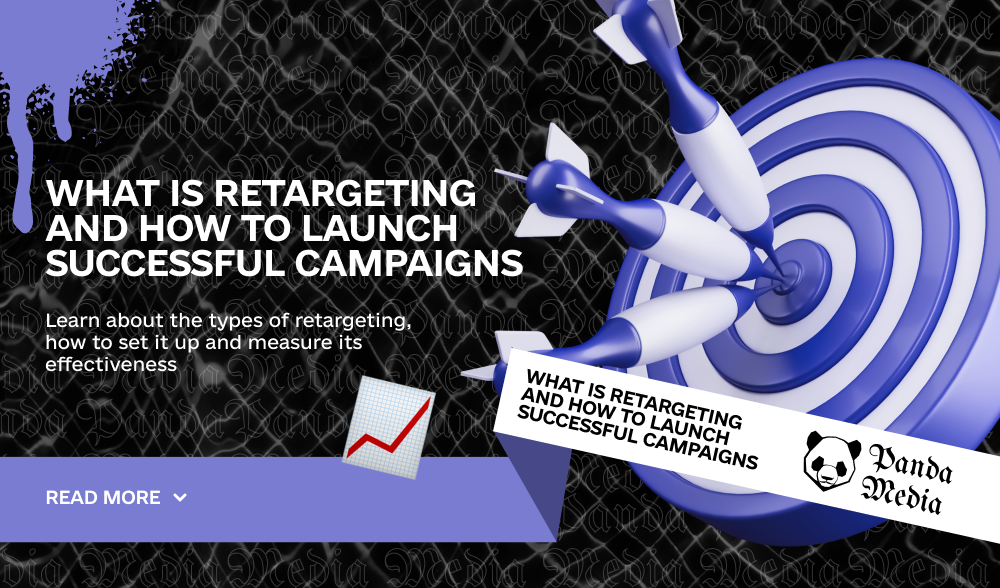Don't miss interesting news

What could be better than a “warm” customer who knows about your company and is familiar with your products? To retain such a potential customer, there is retargeting.
Retargeting helps bring back users who have already visited your site but never made a purchase. Read more about what it is and how to effectively use retargeting opportunities in our article.

Retargeting is a marketing mechanism by which all online advertising is directed to those users who have already viewed the product they are interested in by visiting the seller’s site.
It is essentially repetitive advertising of products from the pages they have viewed.
Technically, retargeting is realized in social networks, search services, advertising platforms, sites with similar products, and forums.
The agency buys out displays of advertising on the platform on your order. Retargeting is realized with a separate piece of code, which is triggered by certain actions of a person on the Internet. An identifier is stored in browser cookies or transmitted directly to the site. Sometimes the code loads the user’s ID into the remarketing list in the database of the site providing this service.
For the user it looks like this: having visited the site, for example, a shoe shop, and familiarized with different models of shoes, the visitor leaves the site without buying. The code is triggered – and the user, when entering a social network, or another site with similar products or forums, sees a banner advertisement of the site (or advertising shoes, which they viewed). It happens that the user seems intrusive and even frightened (“Am I being followed?”). That’s why some advertising agencies display ads with the inscription: “Why am I seeing this?”. By clicking on the link, the user gets an explanation of why this particular ad was shown to him.
The most common types of retargeting:
How to do retargeting? Websites often work with advertising agencies.
They, in turn, provide space for banners and offer additional tools to implement targeting. With their help, you can track a person’s online activity, customize the display of personalized banners, and more.

They in turn provide space and offer additional tools for implementing targeting.
The target audience is determined by specific criteria entered in the form of filtering settings on the sites of these platforms (e.g., length of stay on the site, completion of registration, and callback form). When these fields are filled in, only users who have taken a specific action on the advertiser’s site are reached.
The retargeting effectiveness metric consists of two metrics: click-through conversion (CTC) – the directed actions a user takes after clicking on a banner, and display conversion (VTC) – the actions that follow after a banner is shown to a user. The cost of such services justifies itself.
Sometimes a user does not click on the banner, but after some time they visit the site and buy something. A cookie file is stored on the computer for 1 month.
Retargeting is an effective advertising service that helps not only to increase your income but also to reduce the cost of “promotion”. Setting up the service is simple, and the existing banner templates on retargeting sites are so diverse that you can do without the services of a designer.
How much does retargeting cost for your website? It all depends on whether you take care of it yourself or order paid services from a marketer. In any case, you should not neglect this advertising approach, as it is much cheaper to get back a ready-to-buy customer than to attract a new one.
You can remind the client about the product they are interested in not only with the help of advertisements but also with the help of emails and notifications. Use targeted push notifications (e.g., to attract customers to an abandoned cart) or email newsletters.